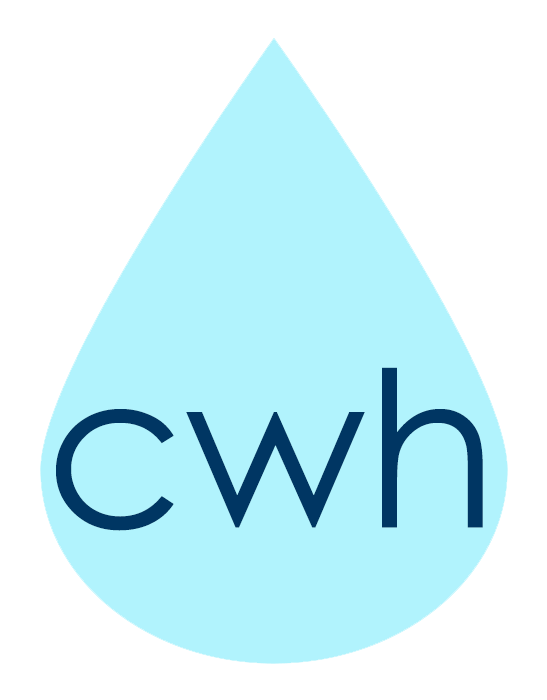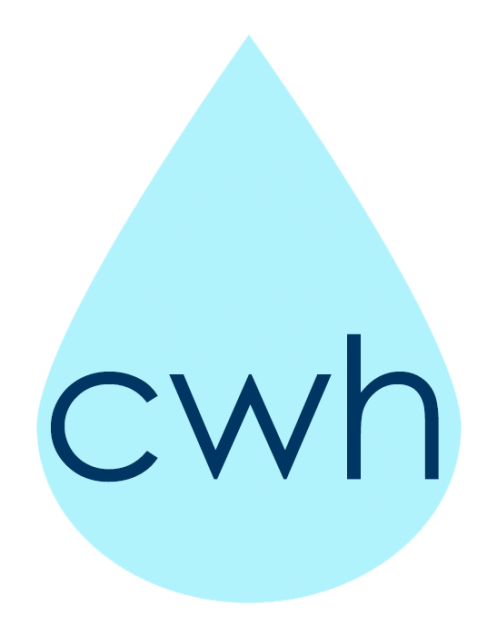The Flip Side
In my last post, I wrote about how well Clean Water for Haiti is doing. It’s true. We are absolutely killing it, and will continue to kill it barring unforeseen circumstances. However, much was left out of that post.
Several years ago we came up with an expansion plan. The filter project is modest; perhaps 25,000 of our filters are currently in use, providing water to perhaps 125,000 people. Of those people, many many of them are still alive because they drink safe water that they get from their filter and never caught a deadly disease. 125,000 people represents just over 1% of Haiti’s population. Why can’t Clean Water for Haiti reach the rest of Haiti’s population, too? Of course, we could. The solution we use is thoroughly proven to be effective and we have an implementation model that works well in Haiti. Importantly, it’s cost effective – the most cost effective and appropriate solution I know of in Haiti. Looking at it that way, it would be criminal NOT to expand until we reach every corner of the country.
When we came up with our expansion plan, the biggest sticking point was fundraising. A lot of Clean Water for Haiti supporters don’t realize this, but nearly all of our fundraising is done by Leslie and me, or by volunteer CWH supporters who set up fundraisers of their own. There is no fundraising staff. Our fundraising budget is mostly for postage and printer ink! In a way, it’s a small miracle that we have reached 1% of Haiti’s population when we’ve done almost all of our fundraising from right here in our office in Haiti. With rare exceptions, any organization that wants to grow beyond a certain size needs a professional fundraiser to make that happen. Of course, as soon as you hire a fundraising professional (most often called a Development Director) overhead goes up substantially. To put it in perspective, Clean Water for Haiti’s annual expenditures have been averaging just under $300,000 in recent years. A Development Director who knows what they’re doing demands $80,000+ per year. With medical and taxes, CWH would be spending over $100k per year without a single dime of that money actually helping our beneficiaries. Overhead would go from almost nothing to some 30% or more. This doesn’t sit well with me. However, we decided that the project was too important and we would have to live with the higher overhead in order to reach more people. The hope was that within two years, our income would exceed $600,000 so that our overhead would at least drop below 25%. At the same time, we could increase production here to 4800+ filters/year and make plans to open a second facility somewhere else in the country.
In order to implement this plan, we would need enough reserves in the bank to cover the first year’s salary of our new development director, in addition to the normal reserves we need to carry. This plan was approved by the CWH Joint Charitable Activities Committee and over a period of three years even while increasing production, we managed to reach the reserve level we needed to hire our first ever Development Director.
Well…… things have changed over the past three years. MINUSTAH, the U.N. mission to stabilize Haiti, left the country in spite of things not really being stable. Gangs grew in power and influence, pushing the police out of large sections of the country. Travel on the roads became much more dangerous as kidnapping became shockingly common. The president was assassinated and his killers still roam at large. Many organizations have left the country and, oddly, the Haitian government has increasingly made it more difficult for the remaining international organizations to operate. It’s easiest to blame foreigners when things aren’t going well, I suppose. Fuel shortages have become more common and last for a longer duration each time. As of writing this, there is no diesel or gasoline available in any of the stations within reach of us.
If we had substantially more funds available, would we be able convert those funds into filters? Yes, but there is a limit. At this point, we can still expand our work here in Camp Marie. As the country gets worse demand for filters just keeps increasing and we still have plenty of room to expand capacity here. The problem comes when we need to expand to a second facility. With the way things are in Haiti right now, the obstacles we would have to overcome to establish a second facility are so many and so high, it seems inconceivable. It’s not safe for foreigners to be out and about on the roads right now. How do we get around that particular problem, for example? I can’t see a reasonable solution to that problem, or many others. Sadly, I don’t see things getting better any time soon. There are many scenarios where things get quite a lot worse.
Our plans to hire a Development Director are now on hold, indefinitely. In a way it’s a relief that we’re not moving ahead since I’ve always been adamant that the vast majority of donated funds needs to be spent on our work in Haiti. However, it also feels like a surrender. If anyone is able to bring potable water to the large part of Haiti that doesn’t have it yet, it probably won’t be Clean Water for Haiti, and it probably won’t happen in my lifetime.
So what does this mean for the future of the filter project? In the short term, I don’t need to be afraid that we’re going to run out of money, because we have somewhat more reserves than usual and they need to be spent down. As I mentioned in our last post, we’re killing it, with 24 workers employed as of today, and a record 452 filters installed last month. So will we be able to reach 4800 filters/year? What about 6000? 8000? I don’t know, but I really want to try and find out. In the longer term money will certainly present a problem, as always, but perhaps more of the right people will support the project and then tell their friends about what we’re doing. In the end we won’t reach all of Haiti, but if we can turn that 1% into 2%, and then 3%+, I’ll be feeling pretty good.




